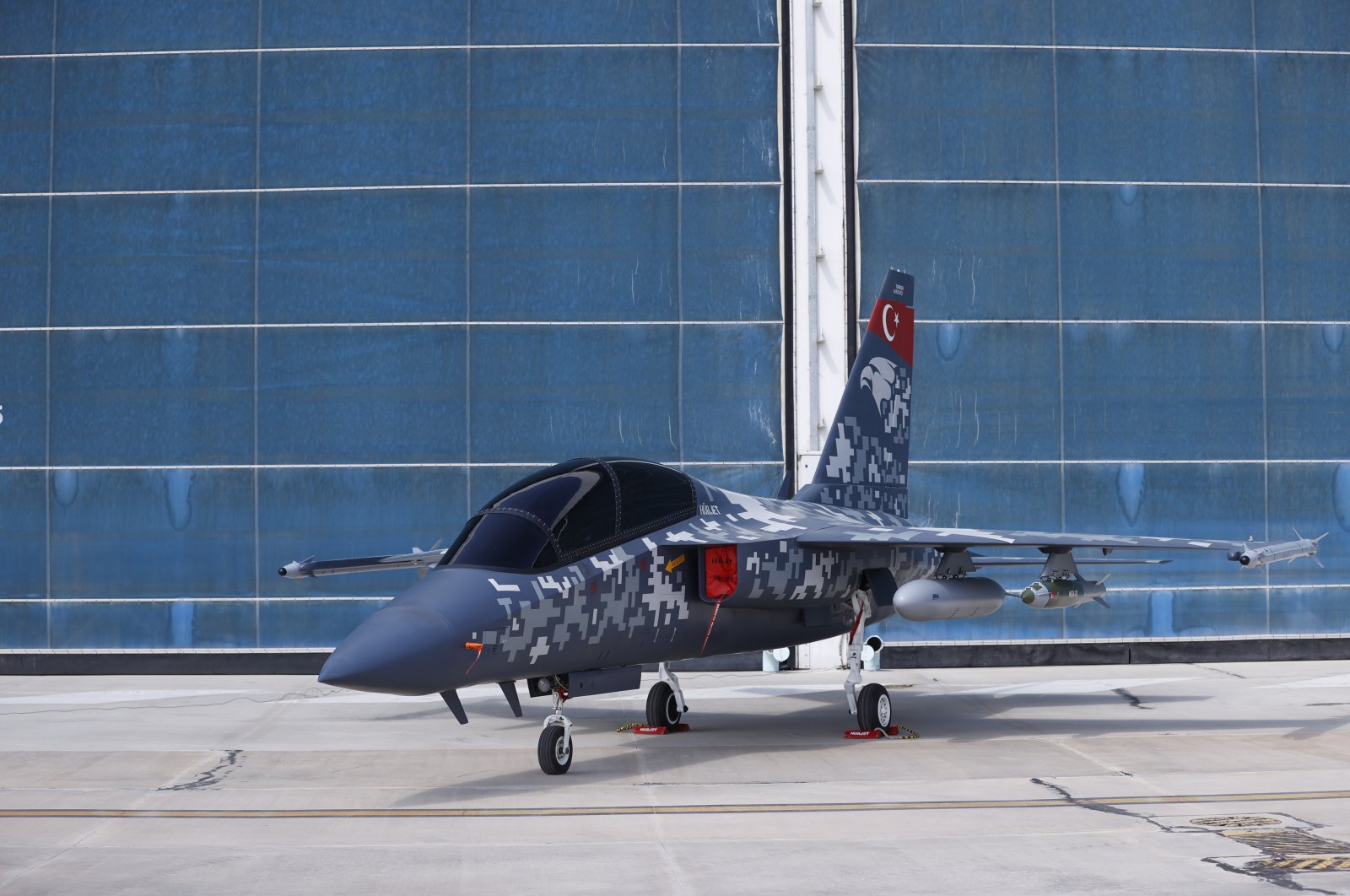As per Midhani annual report, Midhani has delivered test blocks of High Strength titanium alloy forging for high precision milling used to reduce the amount of structural work for the AMCA bulkhead similar to the F-35's monolithic titanium bulkhead.
Thanks for cross-posting from the other forum
I have some more things to add to this. This is my first post on this forum.
For F-35's bulkhead see slide 7 of this presentation by Alcoa
https://cdn.ymaws.com/titanium.org/resource/resmgr/2010_2014_papers/RoegnerEric_2010MilitaryAeri.pdf
I have my doubts (I'm neither a metallurgist nor Mech engineer) on wether this will make it into the final design as the challenges in ensuring QC/QA for this are immense and will depend on High Cycle Fatigue testing that will probably be carried out now. The fatigue testing is important to ensure durability for the whole lifecycle of the aircraft. F-35 bulkheads faced a lot of challenges during development regarding this as they very frequently observed fatigue cracks in HCF testing.
I also have doubts on how Midhani achieved this as F-35 related reports indicate that they needed large 35000 Ton force and 50000 Ton force forge presses to achieve (due to the thickness) this but AFAIK Midhani only has max up to 6000 Ton force (for steels not aerospace metals.
The largest forge presses in India are at Bharat Forge (15000 Ton) and L&THSSF (L&T-NPCIL JV) Hazira( 9000 Ton I think - planned 17000 Ton). All the presses mentioned above including MIDHANI, L&SSHF, Bharat Forge are all hammer presses for Steel applications and cannot be used for stamping applications required for Metals like Aluminium, Titanium and Magnesium stamps commonly used in Aerospace.
Maybe they can make it work without going too high end like F-35 and making some compromises.
For Aerospace, HAL has a 3000-tonne water hydraulic press with extrusion capability for Aerospace applications and this will probably be used to forge it at HAL after the die is received from Midhani.
HAL can probably accelerate this process by building a 50000 Ton or 60000 Ton press. There are very few of these in the world as their need is only for high precision aerospace components mainly large civil aircraft.
Few were built in the US as part of USAF's Heavy Press Program in the 1970's which are still used for all US applications including civil aircraft at Boeing
France has an USSR's (Ukranian) NKMZ built 75000 Ton press which is used by Airbus, Boeing etc. & other European companies. There's one in Ukraine and one in Russia (both 75000 Ton soviet era).
Japan and China each recently built theirs - circa 2013.
We haven't built one as there is no civilian aircraft manufacturing to make it viable but either HAL or MIDHANI or HINDALCO have to dip their hands in it now.
Based on American data, Each press of this size is expected to cost around USD 200 Million to USD 400 Million atleast which will have to come out of GoI capex. Won't be economically viable without govt funding as there is very little commercial need since we don't have a civil aircraft program. Even for Civil applications most of these forges were never economically viable to build and operate and were always govt funded. F-35 project had to pay USD 100 Million just to repair one of the presses at Alcoa.
HAL uses this old soviet era 3000 Ton closed die forge press seen in this video at Timestamp 7:41 that was procured during the MiG-23 license building era

